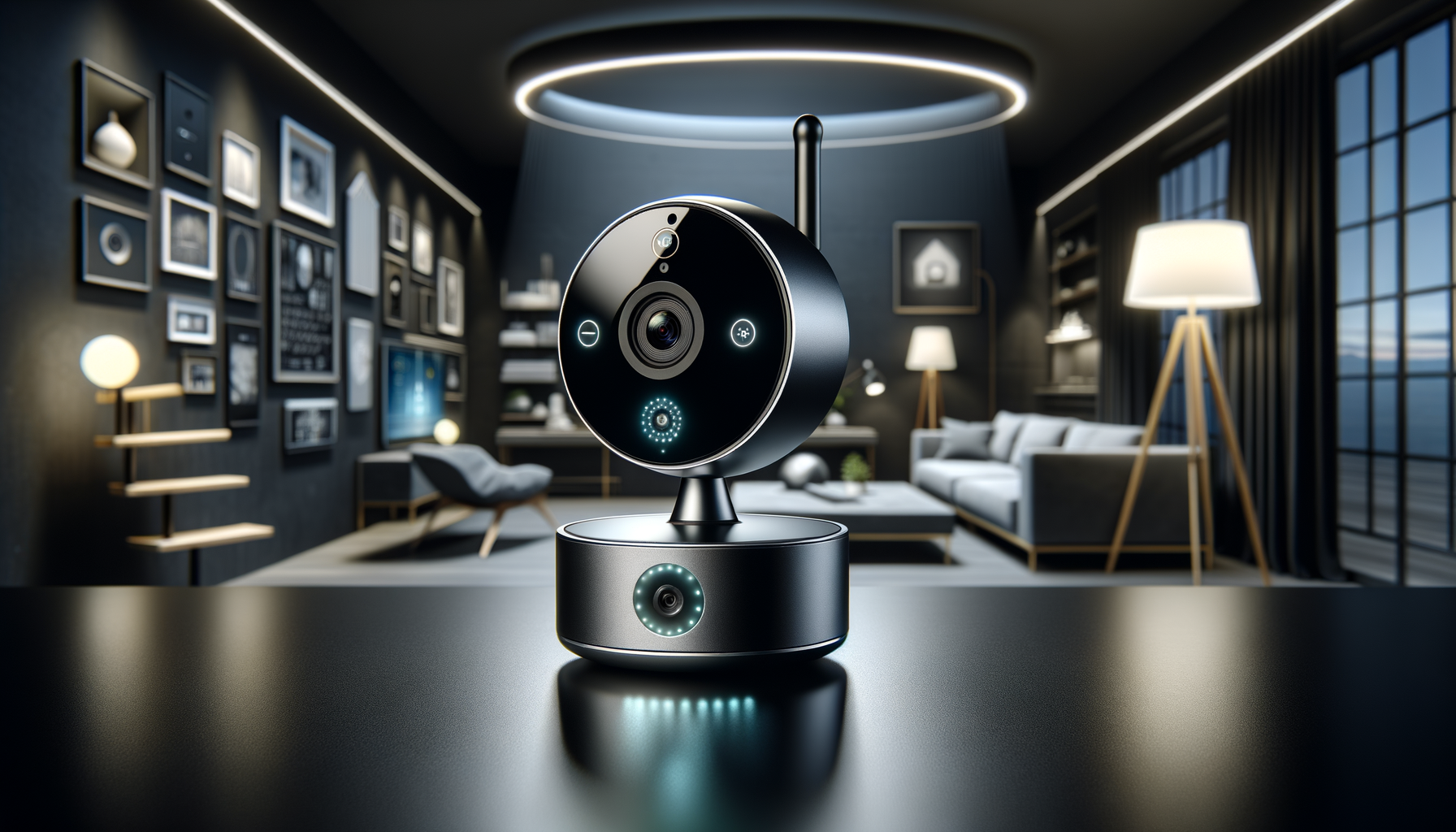Introduction to Wireless Cameras
In the ever-evolving landscape of home security, wireless cameras have emerged as a game-changer. Offering a convenient and efficient way to monitor your home or business, these devices have become an integral part of modern security systems. Unlike traditional wired cameras, wireless cameras eliminate the clutter of cables, providing a cleaner and more flexible setup. With advancements in technology, they now offer features such as real-time viewing, motion detection, and cloud storage, making them a popular choice for homeowners and business operators alike. This article delves into the various aspects of wireless cameras, highlighting their benefits and how they can enhance your security setup.
Advantages of Wireless Cameras
Wireless cameras bring a host of advantages that make them an appealing choice for security-conscious individuals. First and foremost, their installation process is straightforward, requiring no complex wiring or drilling, which is particularly beneficial for renters or those who prefer a DIY approach. The absence of wires also means that these cameras can be placed almost anywhere, offering flexibility in positioning to cover critical areas.
Another significant advantage is the ability to access live feeds remotely. With internet connectivity, homeowners can monitor their property in real-time from anywhere in the world using a smartphone or computer. This feature not only enhances security but also provides peace of mind, knowing that you can check on your home at any time.
Furthermore, many wireless cameras are equipped with advanced features such as motion detection, night vision, and two-way audio, which add layers of security and convenience. These functionalities ensure that you receive alerts for any suspicious activities, even in low-light conditions, and can communicate directly with visitors or intruders.
Challenges and Considerations
While wireless cameras offer numerous benefits, there are also challenges and considerations to keep in mind. One of the primary concerns is the reliance on a stable internet connection. Without it, the camera’s ability to stream live footage or send alerts may be compromised. Additionally, wireless cameras typically depend on battery power, requiring regular checks and replacements to ensure continuous operation.
Privacy is another consideration. As these devices are connected to the internet, they may be vulnerable to hacking if not properly secured. Users must ensure that their wireless network is protected with strong passwords and encryption to safeguard their data.
Moreover, the initial cost of wireless cameras can be higher compared to their wired counterparts. However, the long-term benefits and savings on installation costs often justify the investment.
Comparing Wireless Camera Features
When choosing a wireless camera system, it’s essential to compare features to find the one that best suits your needs. Key features to consider include resolution, field of view, and storage options. High-definition cameras provide clearer images, which can be crucial for identifying faces or license plates. A wide field of view ensures that larger areas are covered, reducing the number of cameras needed.
Storage is another critical factor. Some cameras offer local storage via SD cards, while others provide cloud storage solutions. Cloud storage can be advantageous as it allows for remote access to footage and offers backup in case the camera is damaged or stolen.
Additionally, consider the integration capabilities with other smart home devices. Many wireless cameras can be connected to smart home systems, allowing for seamless control and automation of security features.
Future of Wireless Camera Technology
The future of wireless camera technology looks promising, with continuous advancements on the horizon. Artificial intelligence (AI) and machine learning are beginning to play a significant role in enhancing camera capabilities. These technologies enable cameras to differentiate between humans, animals, and objects, reducing false alarms and improving the accuracy of alerts.
Moreover, the integration of smart home technology is expected to deepen, allowing for more intuitive control and automation of security systems. Voice control through virtual assistants and the ability to sync with other smart devices will provide users with a more cohesive and efficient home management experience.
As technology continues to evolve, wireless cameras will likely become even more user-friendly and feature-rich, offering enhanced security solutions for both residential and commercial properties.




Leave a Reply